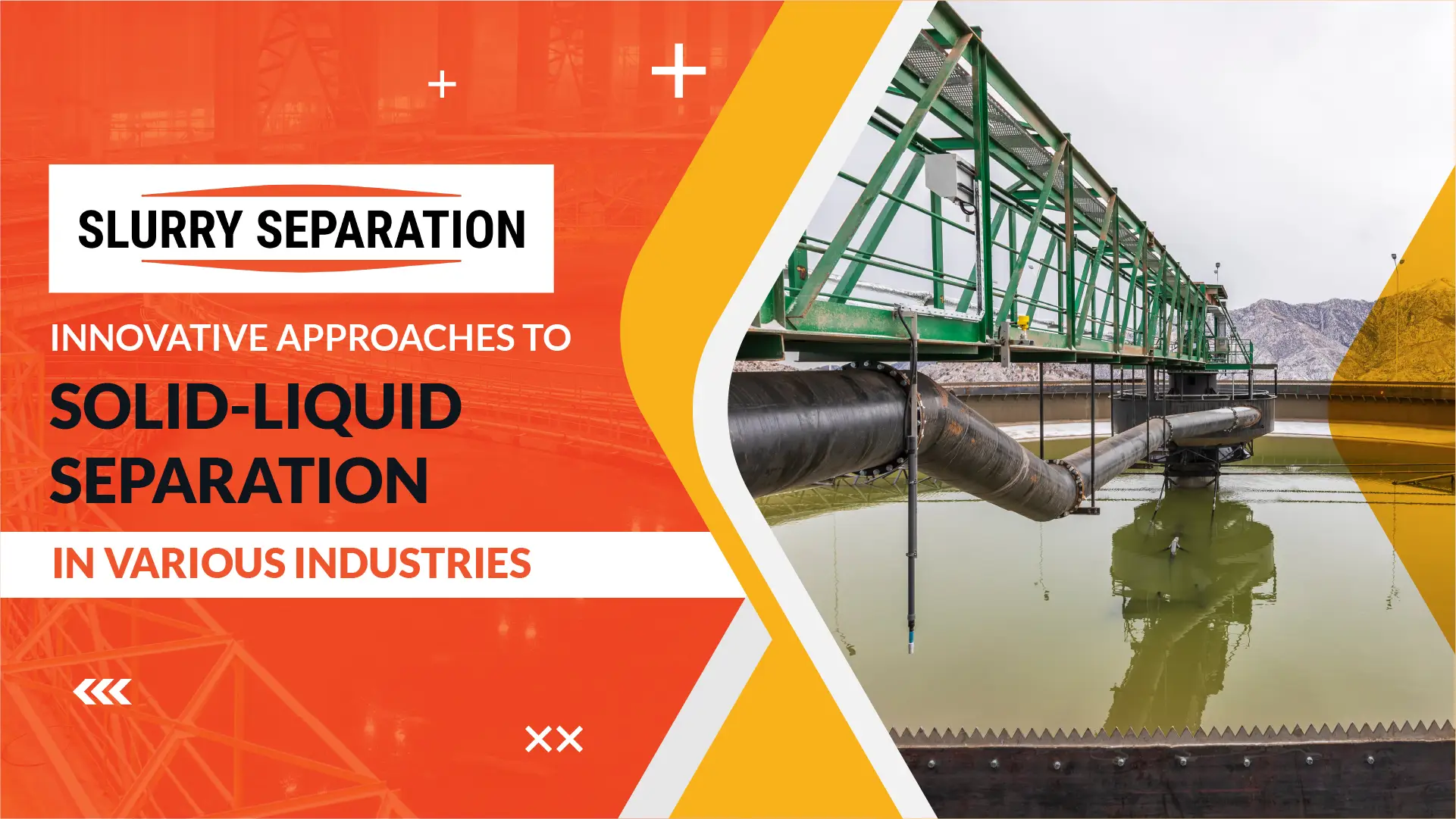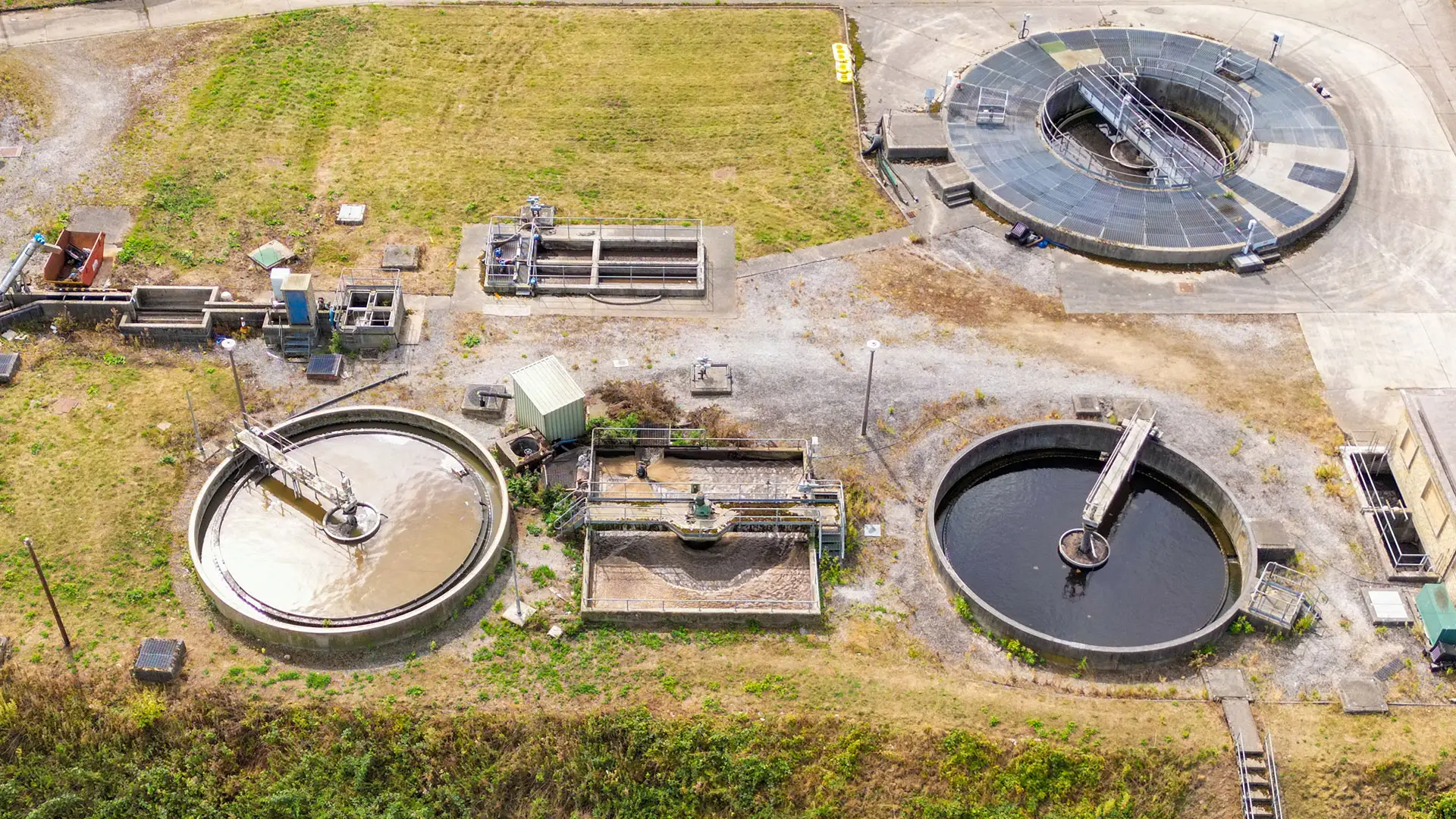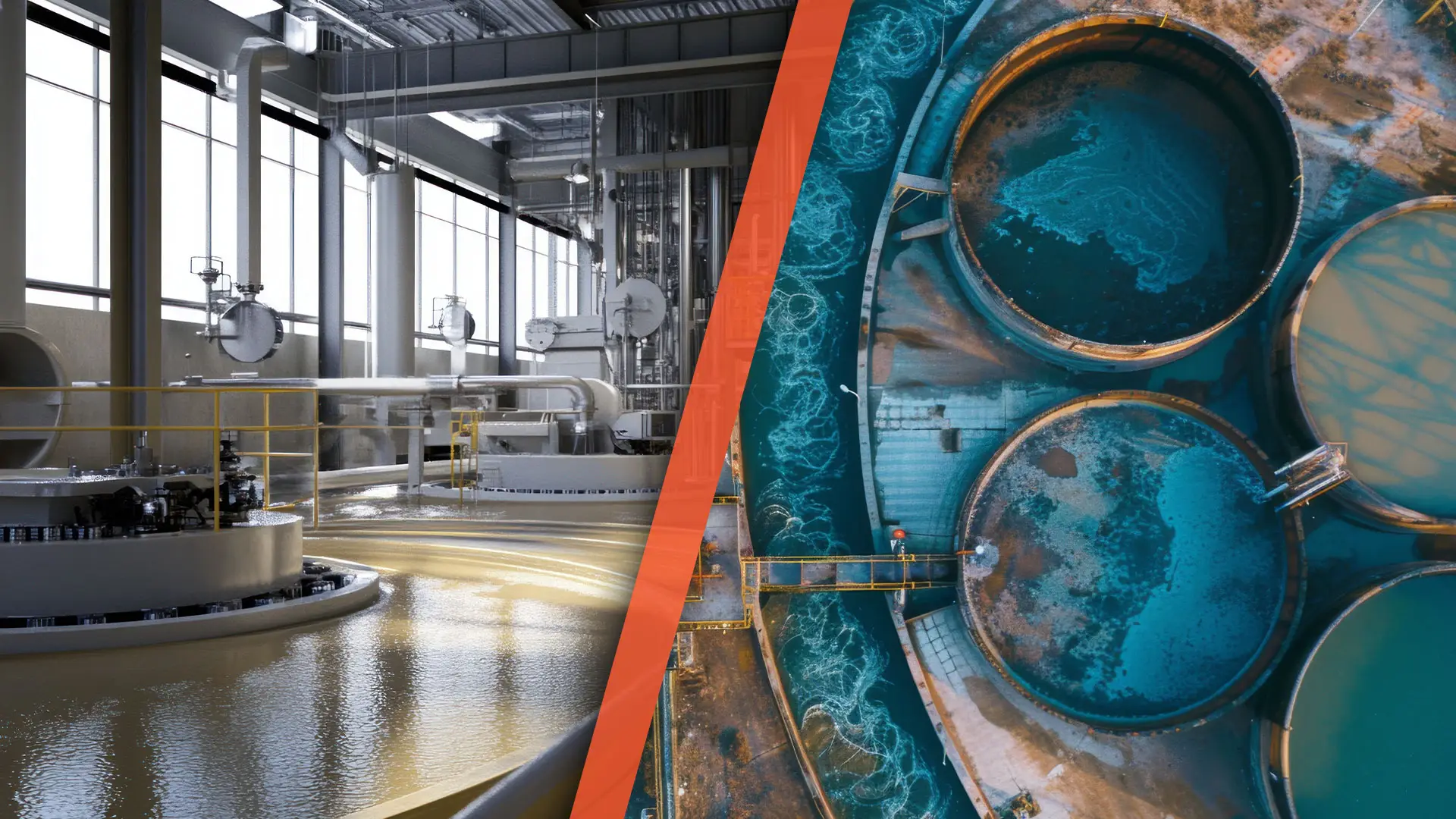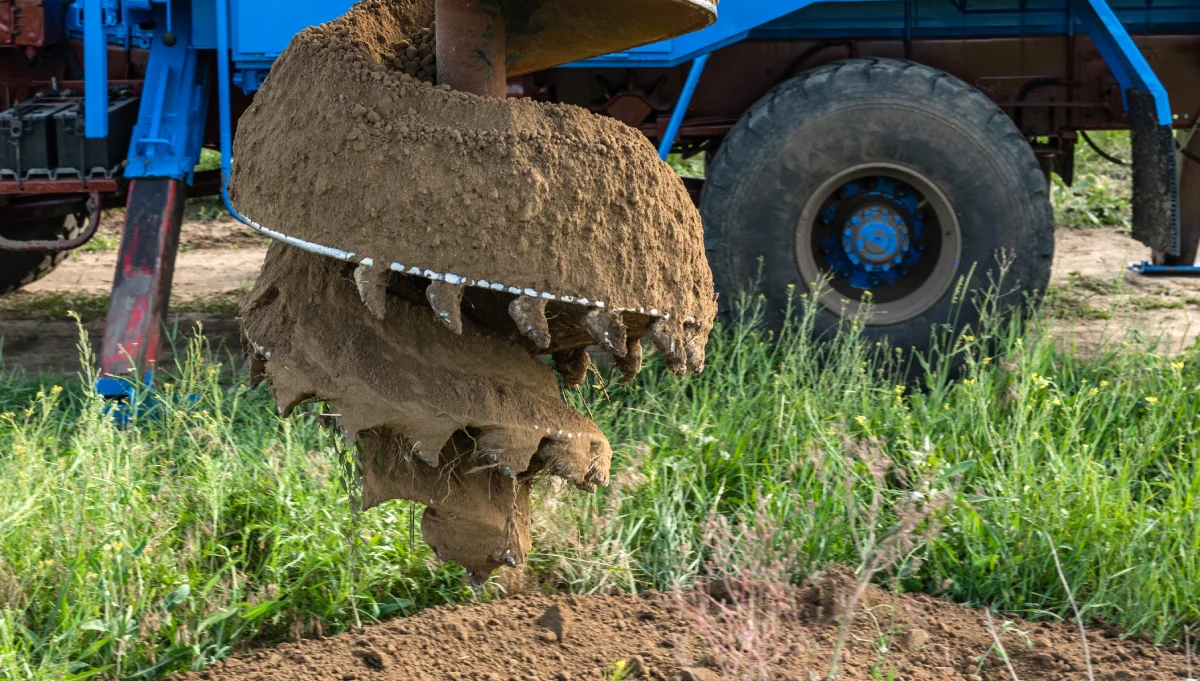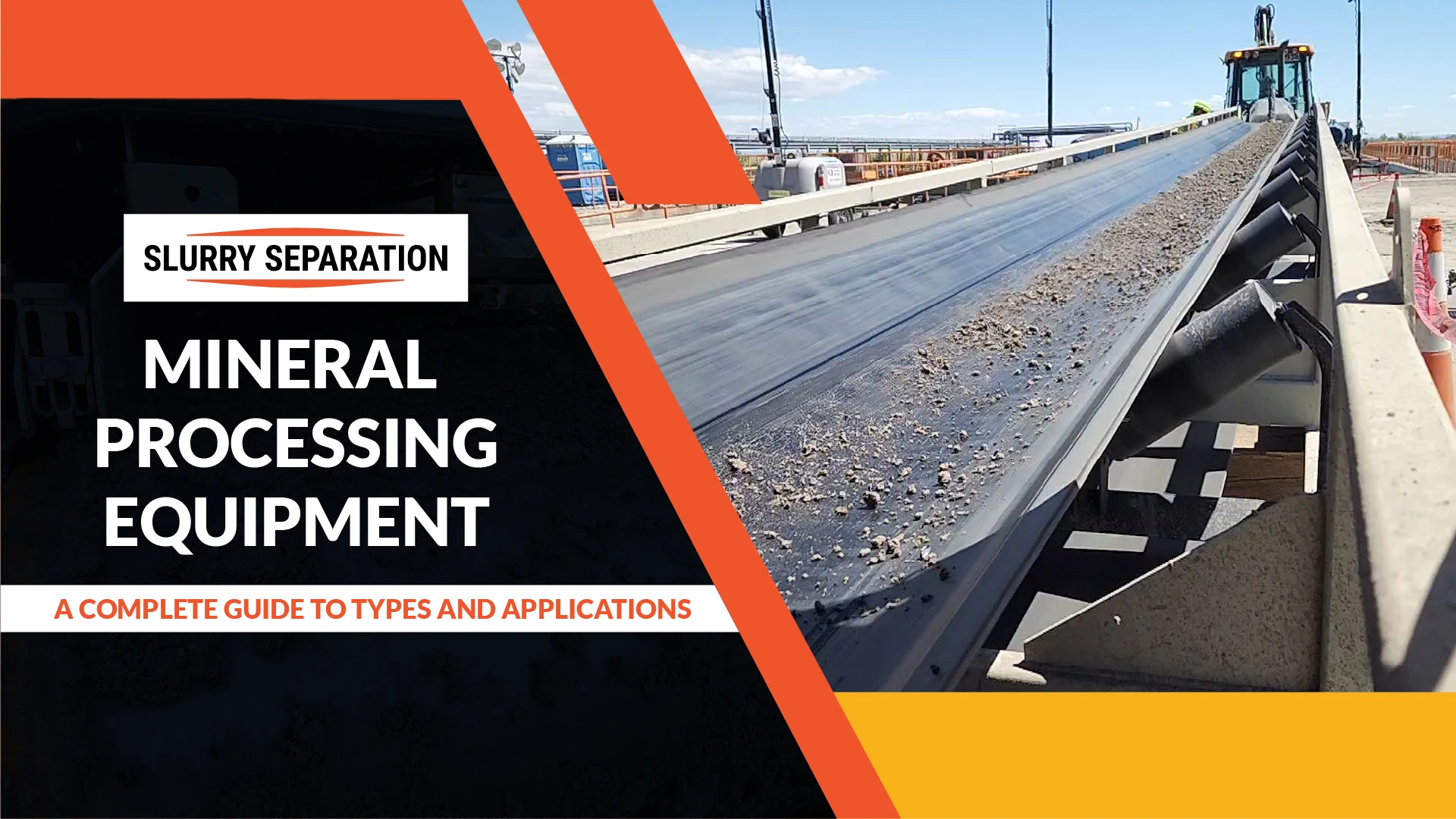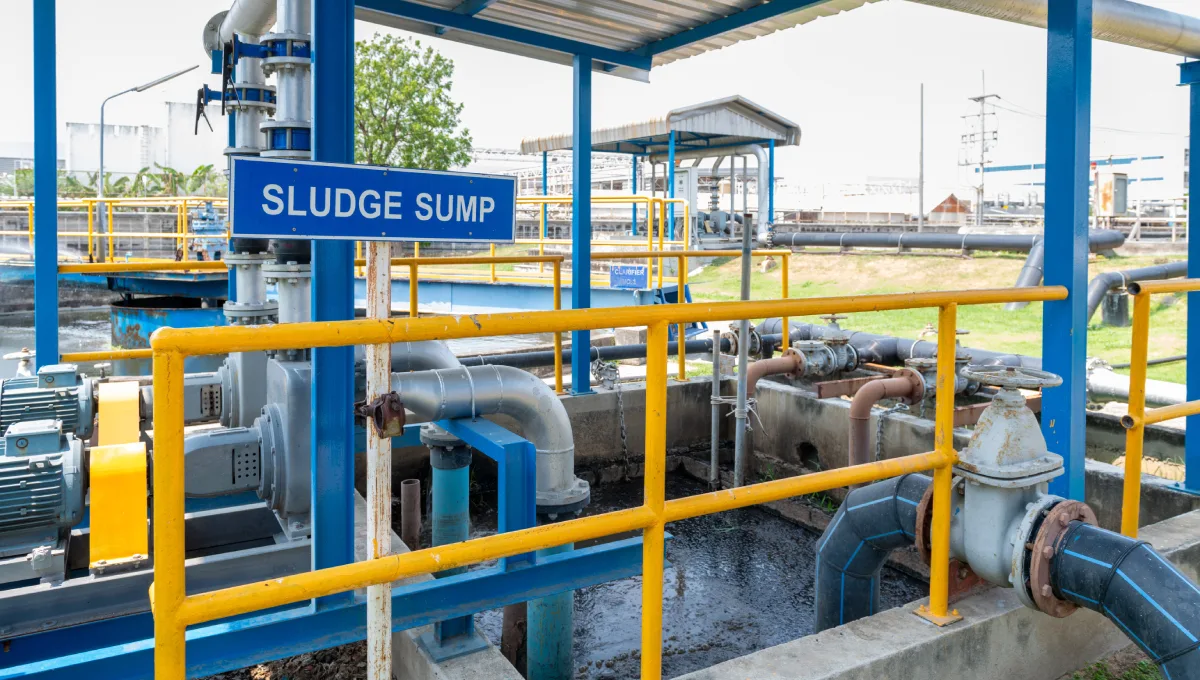Solid-liquid separation is a critical process in many industries, where solids are removed from liquid mixtures to achieve clean, filtered output. This technique has become essential for industries such as mining, wastewater treatment, pharmaceuticals, and food and beverage processing, where clean, safe, and efficient liquid separation processes are necessary. Innovative approaches are now being developed to optimize solid-liquid separation, reducing costs, enhancing efficiency, and lowering environmental impact. By adopting new technologies, industries can streamline their operations, save resources, and meet stricter regulatory standards for environmental and health concerns. Specialized equipment like the liquid separator also aids in refining separation efficiency, contributing to more streamlined processes.
Understanding Solid-Liquid Separation
Solid-liquid separation involves removing solid particles from liquid mediums, either by physical or chemical means, to achieve product purity, maximize yield, and minimize waste. The primary objectives are to achieve a high degree of separation efficiency and to enhance the overall sustainability of industrial processes. Traditional techniques for solid-liquid separation include filtration, sedimentation, and centrifugation. While these methods are effective, they have limitations, particularly when dealing with fine particles, complex mixtures, or high volumes. Equipment such as liquid separators can improve the separation of smaller particles, enhancing clarity and purity in the final product.
Advancements in liquid separation technology aim to address these limitations by improving separation efficiency, reducing maintenance, and minimizing downtime. By using innovative tools, industries can better manage the complex mixtures they encounter and produce cleaner, more precise separations.
Emerging Technologies in Solid-Liquid Separation
Membrane Filtration Systems
Membrane filtration technologies, such as microfiltration, ultrafiltration, and reverse osmosis, are transforming the solid-liquid separation process. Membranes act as physical barriers, capturing solid particles and allowing only clean liquid to pass through. This technology is particularly valuable for applications that require extremely fine separation, such as in water purification or pharmaceutical production. Membrane filtration minimizes contamination risk and enhances liquid separation efficiency by filtering smaller particles that traditional methods might miss. These systems also have the advantage of being highly scalable and capable of continuous operation, making them suitable for both large-scale industrial use and smaller applications. Integrating a liquid separator into membrane filtration systems can further enhance filtration efficiency, achieving even finer separations.
Centrifugal Separation with Advanced Rotor Designs
Centrifuges have been used for decades in industries that require high-speed solid-liquid separation, such as mineral processing and food production. New advancements in rotor designs have led to high-speed and decanter centrifuges, which allow for faster and more efficient liquid separation. These machines use centrifugal force to separate solids from liquids at an accelerated rate. With improved rotor designs, these systems can handle larger capacities and provide more precise separations with reduced energy consumption. This makes them ideal for industries that process heavy slurries, as they can quickly and effectively separate dense materials from liquids. Using a liquid separator alongside centrifuges can further refine the separation process, providing an extra layer of filtration for complex mixtures.
Electrocoagulation and Flocculation Innovations
Electrocoagulation is an emerging technology that offers a chemical-free alternative for solid-liquid separation. It uses electrical currents to destabilize suspended particles, causing them to clump together (coagulate) and become easier to separate. Combined with flocculation, which adds agents to agglomerate particles further, these methods enhance separation efficiency. Modern flocculants have been engineered to work more effectively and with lower quantities, resulting in reduced chemical usage and lower environmental impact. This approach is particularly useful in wastewater treatment, where minimizing chemical additives is essential. For optimized performance, a liquid separator can be used in combination with electrocoagulation to enhance the clarity of the treated liquid further.
Industry-Specific Applications of Innovative Liquid Separation Methods
Mining and Mineral Processing
Mining operations face unique challenges in handling abrasive slurries and thick, dense sludges. Innovative solutions like slurry pumps and dewatering screens are designed specifically for these demands. Slurry pumps are durable and can handle abrasive particles without excessive wear, while dewatering screens help to remove water from slurries, leaving concentrated solid materials. These tools improve efficiency by enabling faster processing times and reducing the volume of water required, which also minimizes waste and lowers operational costs. Additionally, using a liquid separator can assist in refining separation in challenging environments, particularly with high-density slurries.
Wastewater Treatment
The wastewater treatment industry is under increasing pressure to achieve higher levels of purity in treated water. Innovative solutions like dissolved air flotation (DAF) and membrane bioreactor (MBR) technology help improve water quality while reducing the space and energy required for processing. DAF systems use tiny air bubbles to lift solid particles to the surface, where they can be easily removed. At the same time, MBR technology combines traditional filtration with biological treatment to separate solids and treat wastewater efficiently. Both methods contribute to water recycling efforts, making them vital for industries that prioritize sustainability. Integrating a liquid separator into these processes ensures maximum purity and aids in reducing downstream processing requirements.
Food and Beverage Processing
In food and beverage production, solid-liquid separation must meet stringent hygiene and safety standards. Techniques like crossflow filtration and centrifugal clarifiers provide clean, precise separations that prevent contamination and maintain product quality. Crossflow filtration, for instance, prevents build-up on filter membranes by allowing the liquid to flow parallel to the membrane. At the same time, centrifugal clarifiers offer high-speed separation that keeps processing lines moving efficiently. These methods are essential for producing high-quality, safe products in industries where even minor impurities are unacceptable. Using a liquid separator as a final filtration step can further safeguard against contaminants, ensuring the highest level of quality in consumable goods.
Pharmaceutical and Biotech
Pharmaceutical production requires the highest level of purity to meet regulatory standards. Precision separation methods, such as high-performance centrifugation and advanced membrane filtration, play a crucial role in removing even trace amounts of contaminants. These technologies ensure that pharmaceutical products remain pure and safe for use, which is essential in a field where the smallest impurity can compromise a product’s efficacy. In biotech applications, where the separation of cell cultures and biological materials is common, these technologies support advanced research and product development.
Environmental Impact and Sustainability in Solid-Liquid Separation
The environmental impact of solid-liquid separation processes can be significant, particularly when large amounts of chemicals or energy are required. To address this, industries are adopting innovative approaches that focus on sustainability. New separation technologies use fewer chemicals, minimize waste, and reduce energy consumption, contributing to more eco-friendly operations. For example, electrocoagulation and advanced membrane systems allow for separation without heavy chemical usage, reducing pollutants released into the environment. Many companies are also incorporating recycling measures into their separation processes, creating closed-loop systems that further minimize waste. Adding liquid separators to these sustainable processes further supports eco-friendly practices by enhancing the precision and efficiency of each separation cycle.
Future Trends in Solid-Liquid Separation Technology
Smart Monitoring and Automation
With advancements in artificial intelligence (AI) and the Internet of Things (IoT), smart monitoring systems are becoming a reality in solid-liquid separation. These systems can track separation efficiency, predict maintenance needs, and adjust processes in real time to prevent downtime and optimize performance. Automated systems also reduce the need for manual oversight, lowering labor costs and enhancing reliability. Smart liquid separators can be integrated into these systems, providing real-time data and insights to help improve operational efficiency.
Hybrid Liquid Separation Technologies
Hybrid technologies that combine multiple separation methods, such as membrane and centrifugal systems, are gaining popularity. These hybrid solutions offer the strengths of each technique, delivering enhanced performance and efficiency for complex applications. For instance, in high-demand industries like wastewater treatment, hybrid systems provide better separation results than single-method systems alone.
Material Advancements
Material science innovations are driving the development of more durable, anti-fouling membranes and enhanced filter materials. These advancements push the limits of what solid-liquid separation can achieve, allowing for more effective handling of abrasive and complex mixtures. With increased resistance to fouling and wear, these materials extend equipment lifespan and reduce maintenance costs, contributing to more sustainable operations.
Conclusion
Innovative approaches to solid-liquid separation are transforming the way industries handle mixtures of solids and liquids. By adopting new technologies like membrane filtration, advanced centrifugation, and electrocoagulation, companies can improve separation efficiency, reduce operational costs, and meet environmental standards. As we look to the future, trends in smart monitoring, hybrid systems, and advanced materials promise even more effective and sustainable solutions for industries reliant on solid-liquid separation. With these innovations, businesses can achieve better performance and contribute to a cleaner, more efficient world. Incorporating liquid separators into these processes further ensures optimal results across various applications.

